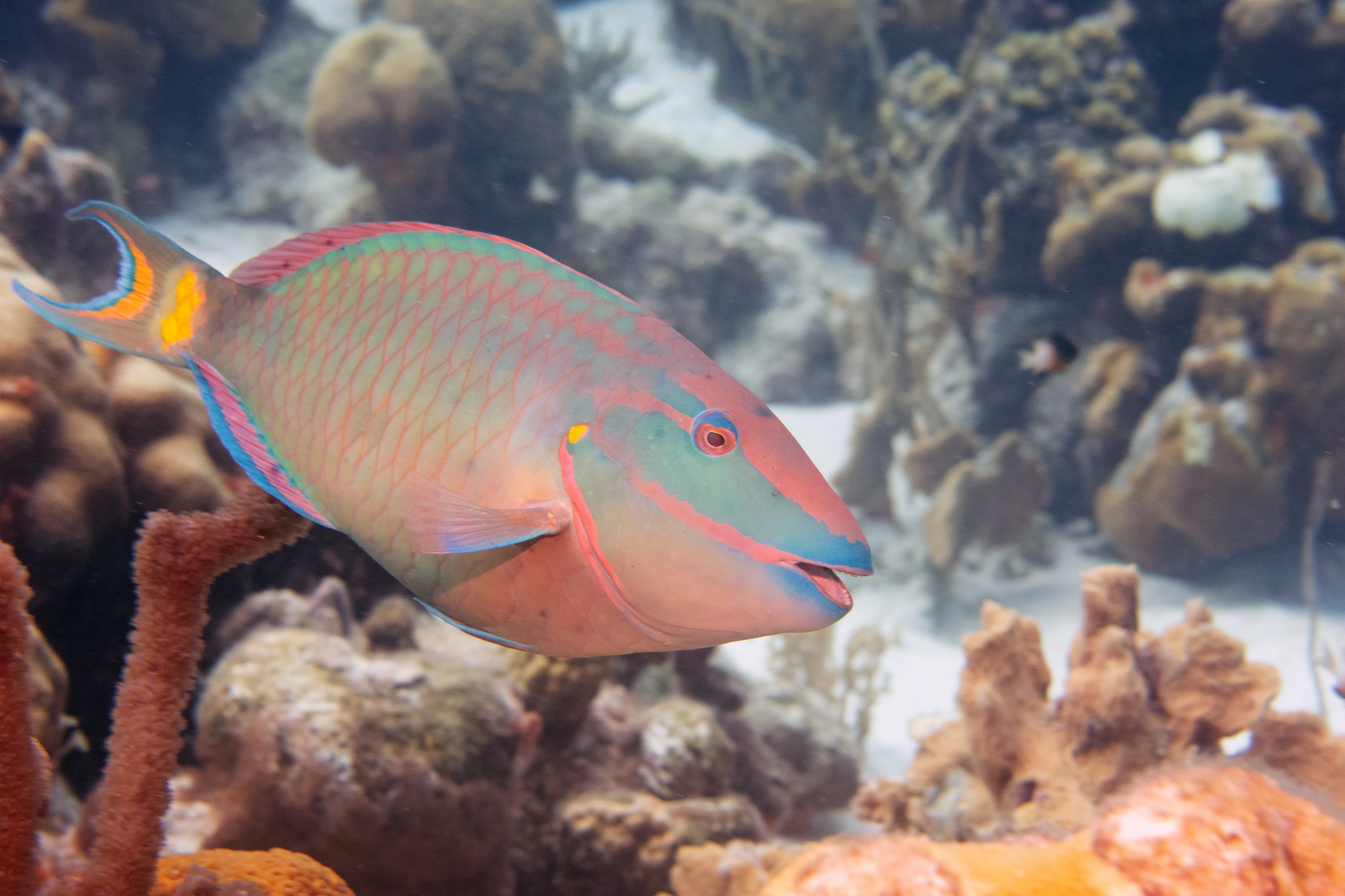We have much more to do and your continued support is needed now more than ever.
Enhancing Community Resilience in the Face of Climate Change

Natural climate solutions are often championed for their ability to either pull carbon from the atmosphere through photosynthesis or to prevent emissions related to ecosystem disturbances. But natural climate solutions also include a suite of actions, sometimes referred to as “ecosystem-based adaptation”, that can enhance climate change adaptation for ecosystems, for beloved wildlife, and for people.
One example is the restoration of mangroves. Mangrove forests grow along coasts in tropical zones around the world. In addition to sequestering and storing carbon at virtually unparalleled rates, mangrove forests can help communities along coasts deal with the impacts of climate change, as they stabilize coasts and even buffer against storm surges and the effects of tsunamis. Those same tangled roots that hold carbon-rich sediments in place and brace communities against waves provide shelter for vibrant communities of wildlife. Mangroves also serve as nurseries for juvenile fish, including the near-threatened rainbow parrotfish. Although rates of mangrove forest loss have declined and even stabilized in recent decades, there are still many opportunities to restore these incredible ecosystems.

In another example, cities may leverage the power of “natural infrastructure” in their stormwater management systems, by using urban greenspaces, rain gardens, bioswales, and natural or restored wetlands to help them filter water and prevent flooding.
Still, adaptation solutions remain badly underfunded. In general, the public and private sectors need to do more to adapt to climate impacts. And when it comes to natural climate solutions, only a fraction of total funding goes to adaptation-focused actions.
For models of success, we can turn to examples of Indigenous-led climate adaptation. Indigenous-led adaptation projects emerge from deep ecological relationships and connections to place. Tribes, Indigenous organizations, and communities already use place-based Indigenous Knowledges in their adaptation plans and strategies. Examples include the reintroduction of fire into fire-dependent ecosystems through controlled cultural burning by Tribes such as the Yurok and Karuk of the West Coast, and the revival of the traditional practice of clam gardening by the Swinomish Indian Tribal Community to respond to rising sea levels and support local food security.

Natural climate solutions enhance human well-being. The world’s climate scientists have been clear: we’ll need rapid changes in all sectors to get emissions in line. Although many actions to mitigate climate change can lead to cost savings and benefit human health by reducing pollution, actions related to the conservation and restoration of ecosystems can provide unique co-benefits. Plus, these actions can also disproportionately benefit the most vulnerable groups (e.g., urban trees benefit people without air conditioning by keeping cities cooler).
Nature-based solutions for climate mitigation and reductions in emissions from land and marine ecosystems may represent up to a third of the emissions reductions needed by 2030. Nonetheless, these actions cannot substitute for immediate and steep reductions in fossil fuel emissions. Whether the goal is adaptation, mitigation, or something else, it is essential that actions undertaken support biodiversity conservation and provide benefits to communities.
It’s also essential to acknowledge that, like people, ecosystems are also vulnerable to the impacts of climate change. The IPCC is clear: the longer we wait, the less effective and affordable natural climate solutions will be for adaptation. Rising global temperatures, extreme drought, and other climate impacts can lead to emissions of carbon stored in plants and soils or prevent the regrowth of forests after fires.
The effects of climate change are catching up with our reality on the ground. We have the solutions to protect people and wildlife, mitigate and adapt to climate change, and make communities more resilient to its impacts. You can help get us there! Use your voice to advocate for sustained federal action on nature-based solutions and clean energy.





















